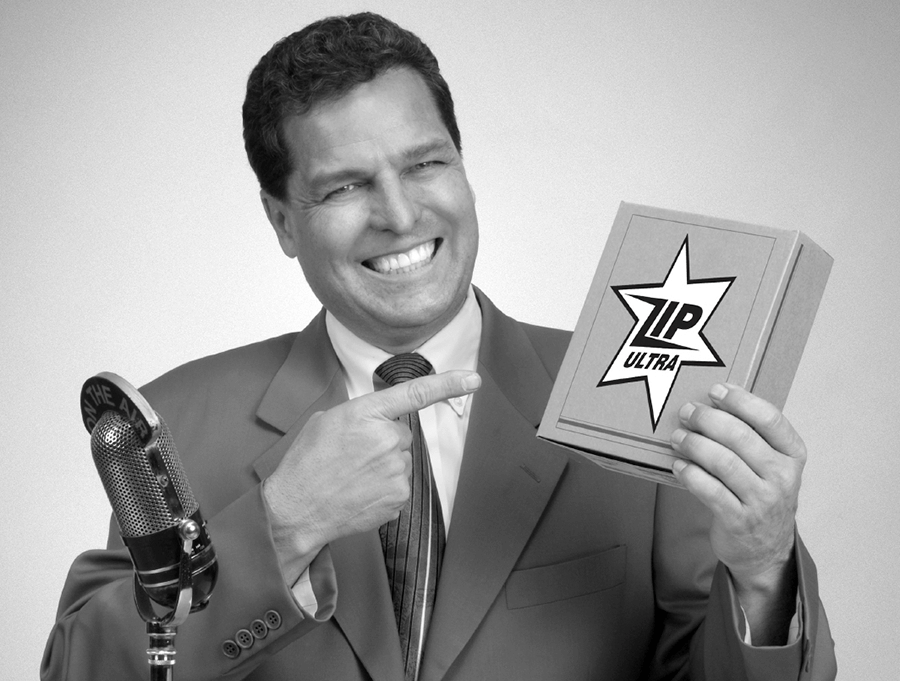Should the Sales Force Execute Voice-of-Customer Interviews?

I was making a presentation about ways to understand customer needs… so that better products could be developed. A business leader in the audience responded, “But our sales force already does this stuff.” I politely congratulated him and moved on. My first question would be, “Has your company sponsored Voice of Customer training for sales?” And beyond that: Is it even possible for sales reps to understand customer needs at the depth you require for great new products?
I don’t believe they can. It’s not a matter of how good your sales professionals are. And they certainly should play a role in understanding customer needs. But structurally, they’re limited. If your competitor is using well-trained two- or three-person interview teams, and you’re counting on your sales force, you may win some battles. But you’ll lose most of them.
Click here to learn more about AIM’s Voice of the Customer training programs
We’ll get to that. But first, consider that four things should happen conducting VoC interviews. You’ll come up short on all four if you rely on just your sales force. Let’s take a look.
1. Concentrate on a single market segment.
My definition of a market segment is a “cluster of customers with similar needs.” Try to develop a new product for less than this (e.g., a single customer) and you’ll use R&D resources inefficiently. Try to please a broader audience with a single product and you’ll target their “average needs,” pleasing no one.
In most cases, a sales rep’s territory does not equal a market segment. So when you rely on your sales force for the needs of a single market segment, you’ll hear from different reps using different methods to gather different types of information at different times. (This usually takes a long time as each rep works through a call plan that includes companies outside your target market.) It’s much better for a small team of two or three to select six to ten prospects in a target market and interview them over several weeks using a highly consistent approach. The data you gather will be much more actionable.
2. Meet with the right customer contacts.
“It will sound like a sales call, walk like a sales call, quack like a sales call.”
The best interview team in the world will have a lousy interview if the wrong customer contacts show up. If the customer hears the sales rep is going to interview them, it will sound like a sales call, walk like a sales call, quack like a sales call… and the purchasing agent will show up.
The sales rep can set up the interview, but here’s what it should sound like to the customer: “We’d like to bring a marketing person and one of our top R&D scientists/engineers to listen to you… so they can factor your needs into a new product they’ll be working on.” There’s more to attracting a high quality group of customer contacts, but bringing a technical rep is the most important. It says, “We’re serious about this.”
3. Use strong probing skills and tools.
Your sales force is rewarded for selling. After all, you don’t call them your “customer listening” force, do you? I know the best sales pros are indeed good listeners, but they won’t do as well as the two- or three-person team I mentioned earlier. First, you need a moderator and a notetaker for these interviews. In the best B2B interviews, the supplier’s notes are projected on a screen while a moderator probes. One person simply can’t keep up.
Second, any hint of “selling” at this interview ruins the level of openness needed for an in-depth exchange. Many sales reps find the temptation to sell too hard to resist. Third, the folks from the home office—technical and marketing perhaps—can ask questions the sales rep cannot. It may be a highly technical discussion. Or the sales rep doesn’t ask some questions because he “ought to know the answer.” After my very first Discovery Interview, the sales rep—who was a real pro—said, “I learned more today than I did from calling on these guys for 10 years!”
4. Aggressively follow through.
In product development, “hand-offs” from one person to another can spell doom. When a development engineer or scientist hears what the customer wants “second-hand,” the voice of the customer becomes faint and muffled. But let that technical person hear it first-hand, and very good things happen.
Also, most sales reps are rewarded for what happens within a single year, while significant new product development usually takes longer than a year. In the time it takes to create a great new product, a sales rep has chased any number of initiatives and programs. Strong new product development teams are rewarded for their long-term focus. This lets them stay in tune with the entire market during the whole product development cycle.
Voice of Customer Training for Sales…. what’s the verdict?
Some VOC (voice-of-the-customer) consultants recommend excluding your sales force from interviews because “they can sell but not listen.” That makes me nervous. I’d rather put a salesperson on a team with marketing and technical colleagues and train all in advanced B2B interviewing methods. (Not a bad idea! Learn more about this by clicking here.) In the long run, I believe a company with engaged and enlightened sales people will run circles around its competitors. So ask a lot from your sales force… but not the impossible.
I’ve been talking about great B2B interviews without fully describing them. For more information, check out this overview video about our core innovation system: New Product Blueprinting.
Comments